How To Select a New Roofing System
Use this 30-point checklist to evaluate options when choosing a new roof for your facility.
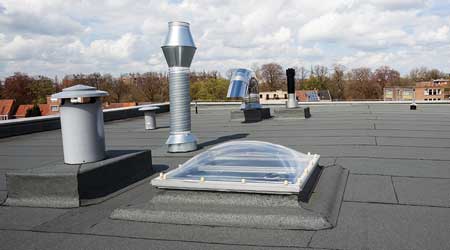
At first thought, the selection of a new or replacement roof appears to be a straightforward decision based primarily on cost and convenience. A more thorough analysis reveals that there are a surprisingly large number of factors and considerations that should guide the selection of the roof system. Just a few of the decision influences are building location, roof exposure conditions, required level of interior protection, aesthetics, and desired longevity. Roofing, unfortunately, is not as simple as choosing among the popular or “in vogue” systems available in the marketplace at the time. Among the myriad of concerns that enter into a roofing decision, some of them are quantified, some are emotional, and some are determined by outside influences completely out of the control of the owner or specifier.
Here is checklist of important considerations for selecting a system. Following this checklist can help the building owner avoid a very costly error.
1. Available Funds
Budget is obviously critical when selecting a membrane system. What is often forgotten is that the membrane is only a fraction of the cost of the finished roof system. With built-up roofing, the materials represent about 20 to 35 percent of the installed cost. With modified bitumen and single-ply products, the materials are about 30 to 50 percent of the applied cost.
Many other variables also contribute in a large way to the total job cost, such as the type and amount of insulation, the complexity of the installation, and the number of flashings involved. It is a mistake to estimate job cost simply on the basis of a membrane price. Some membranes may have a higher material price but result in an overall cost savings versus other products because application is easier, less equipment is required, and more lower cost accessory options are available; there are other such total system advantages. When comparing costs, be sure to use complete package cost rather than just the price of the membrane.
2. Required Longevity
As first, this may seem like a foolish consideration, as everyone wants the longest lasting roof possible. However, if it is known that the building will be vacated, sold, or even demolished in a specific time period, it would be foolish to look for a 20-year roof when a five-year roof would be adequate. Partial replacement or even good maintenance programs may also extend the life of a roof for a suitable time period.
3. Warranties
Warranties cost the building owner money. There is a charge either built into the product cost or as a separate dollar amount. This is used by the manufacturer to set-up an internal warranty fund to pay for problems. U.S. courts have held that a roof should keep a building in a watertight condition for a suitable period of time-usually 20 years. This judgement has been independent of any warranty which may have been issued. In many ways, the warranty is actually to the advantage of the material manufacturer rather than the building owner because it specifically limits certain areas of liability. The best warranty is a well-designed, professionally applied roofing system installed with quality products.
4. Value of Operations
It makes sense to invest more in a roof system on buildings housing critical computer equipment, telephone switching stations, valuable works of art, and other such equipment, operations, or functions. On the other hand, a heavy equipment warehouse might be considered a less sensitive situation and be suitable for a lower cost membrane application.
5. Maintenance
One of the most overlooked factors in choosing a roof is the ability to maintain it. Some roofs can be recoated to protect their surfaces and extend their service lives. These membranes can also be maintained when their surfaces become deteriorated.
6. Interior Conditions
Cold storage buildings, gymnasiums, kitchen areas, and paper mills are just a few of the spaces requiring special roofing designs. Many times, the interior use of the building is not considered when the roof is specified. When high humidity conditions exist in the building, this error usually proves quite costly when nature takes its course and the roofing system becomes saturated with water. In these cases, the roof must be applied in a way that will eliminate any moisture penetration into it from inside the structure.
7. Roof Traffic
Roofs are used for all types of activities. Some companies use them for lunch areas, storage of materials and equipment, or even as an extension of manufacturing operations. If these activities are known to occur, proper protection should be built into the specification to avoid problems. This may sound like common sense, but use of the roof isn’t always taken into consideration. One company used its roof for welding operations. Unfortunately, a fully adhered single-ply had been installed, and the weld splatter continually burned holes in the membrane, resulting in roof leaks. In this case, some type of protection board over the top of the roof could have been used to remedy the problem.
8. Chemical Exposure
A roof can be subjected to all types of environmental conditions and harmful chemicals, either from interior operation or due to external factors, such as adjacent manufacture plants, proximity to airports, etc. Membranes have varied resistance to the different exposure conditions. EPDM membranes, for example, have poor resistance to oils and fats, so they are not a good choice over kitchen areas. PVC KEE on the other hand, holds up much better under these conditions and would be the better choice.
9. Vandalism
Buildings such as schools or with easy access tend to be subject to various types of vandalism. Broken bottles or lit cigarettes can be very damaging to a roof. Membranes which are easily cut or punctured are not a good choice if there is the potential that the roof is accessible to unauthorized individuals.
10. Protection of Interior Operations
Food processing plants, clean rooms and a variety of other interior operations require that no dirt or debris be generated during roofing operations. When roofing work must be performed over these types of facilities, specifications must be developed which will minimize the potential of introducing dirt and dust into the building. Consideration must be given to adhesively adhering insulation rather than mechanically fastening it and thereby creating holes in the roof deck. Sawing operations involved in the removal of an old roof must be done very carefully or alternate procedures must be considered. As a last resort, protection systems such a polypropylene sheets can be installed under the roof deck to protect the interior from falling dirt and debris.
11. Deck Type
There is a variety of deck types being used in the building industry, including steel, structural concrete, cementitious wood fiber, wood, and lightweight concrete. Each type has its advantages, but some care must be taken as to the membrane which is used on certain decks. Cementitious wood fiber is a very open deck and can result in liquid applied systems flowing down through the deck and into the building’s interior. Roof systems generating odor can penetrate an open deck and cause discomfort to occupants. Lightweight concrete holds a good deal of moisture because of its application procedure and should not be placed in contact with a water-absorbing insulation.
12. Weight Limitations
A structural engineer should be called on to perform a load analysis if there is any increase to the weight of the membrane system. Ballasted single-ply systems can call for as much as 2,400 lbs. of ballast for every 100 square feet of roof surface. Sometimes the original roof is left in place and a “retrofit” system is installed on top. Although there is a cost savings in the procedure, it may add significant weight and result in a dangerous condition.
13. Projections and Complicated Flashings
Roofs with a great number of vents, exhausts and pieces of equipment require a difficult and expensive flashing operation. A membrane system which is self-flashing, such as sprayed-in-place urethane, should be given some consideration. Alternatively, cold process systems which give the mechanic time to fit the flashing materials into place are also preferred. Hot systems are very challenging to apply under equipment due to safety and difficult access.
14. Size and Work Space
Setting up installation equipment can be time -consuming and costly. Bringing a hot roofing kettle to a small job is especially expensive and inflates the price of the finished job. Cold process, single-ply, or torch applied modified bitumen systems would be three good choices for the small job or difficult -access situations such as high rises.
15. Substrate Movement
Decks such as concrete are usually highly stable. Lightweight steel decks, on the other hand, can experience a great deal of movement due to temperature changes and deflection by wind, roof traffic, or vibrating roof equipment. A stiff, inflexible membrane is not a good choice in a situation where significant movement takes place. A polyester-reinforced membrane system would be the preferred option to perform under those conditions.
16. Compatibility
More often than not, the indiscriminate use of products from different types of roofing systems can lead to real problem. For example, the original PVC membranes were not compatible with either coal tar or asphalt and any contact would lead to embrittlement of the plastic sheet. Polystyrene insulation is attacked by most of the solvents typically used on roofs and is melted by hot bitumen. Some polyesters are dissolved by solvents and most are destroyed when placed in contact with molten tar or asphalt. It is especially dangerous to assume that a seaming adhesive used for one single-ply product will be suitable for another manufacturer’s material.
17. Slope
Some membranes, such as coal tar, are designed for low slope application. Tar roofs cannot exceed slopes of one-half inch per foot and can be placed in dead level situations. The majority of roof membranes cannot be installed in dead level applications and must be installed with a slope of one-quarter inch per foot or greater. When roofs exceed a slope of two inches per foot, problems may be encountered and special materials may be required.
18. Present roof conditions
It is highly critical to understand the condition of your current roof system. Wet insulation will ruin any type of deck leading to very expensive and potentially very dangerous problems. There are several non-destructive analysis techniques (infrared, nuclear, capacitance) which can distinguish wet and dry roof areas with a minimum of roof cores or cuts into the roof. Never apply a new roof over a wet roof. Some manufacturers have claimed that your old roof will dry out over time. This is not true. Wet roofs must be replaced.
19. Codes and Approvals
This subject can be very complex. In addition to codes, there are number of recognized testing laboratories, such as Underwriters Laboratories (UL), Factory Mutual (FM), INTERTEK, and Southwest Research Institute ((SWRI) which are also involved and recognized by the code authorities. If your building is FM-insured, it is a significant advantage to have an FM-approved roof membrane installed. This results in favorable insurance rates and the satisfaction that the system has been thoroughly tested.
The key properties evaluated by the testing agencies are fire resistance, wind uplift characteristics and hail resistance. Be certain that the membrane will meet your requirements for these particular performance parameters.
20. Insulation R-Value
Some localities specify the R-values that must be incorporated in any new roofing system. Your company may also have specific requirements for insulation values. Make certain the roof system specified meets your needs.
21. VOC Requirements
VOC (volatile organic compound) is the term used to indicate the amounts of solvents or other organic chemicals which are released into the atmosphere. When a roof job requires the use of liquid products (mastics, coatings, etc.), confirm that they are in compliance with all regulations. Again, your company may have certain environmental policies which must be followed.
22. Odors and Fumes
If odor can be a problem for your building, check out the levels which will be generated in the roof installation. Construction work generally produces some odor. Determine if a system will have excessive odor and cause problems to the building occupants. Perhaps the building’s vents can be closed for a short time, or the work can be done on weekends or during vacation periods.
23. Asbestos Removal
Roofs containing asbestos must be handled very carefully. Before having any roof work done, determine if your present system is constructed with asbestos materials. The percentage of asbestos and its friability (ability to crumble and form dust) are two important considerations when removing a roof system.
The building owner is ultimately responsible for the asbestos materials even after they have been landfilled. Obtain competent advice and check all local regulations before dealing with asbestos-containing roofs.
24. Installation
Determine if the installation techniques will be a difficulty in your area. Some localities have banned the use of torches on roofs. Dusty areas will cause problems in the seaming of single-ply membranes as the adhesives are left open until the solvent flashes off.
25. Equipment
Determine what equipment will be left at the jobsite during the installation. Hot kettles may be a danger to school children. Storage of propane tanks may also be a real hazard.
26. Membrane Performance History
Check the performance history of the membrane in your area. Some membranes work well in moderate climates, but not in hot or cold parts of the country. Others work well in warm climates, but not in cold. Find jobs in areas having your general weather conditions and determine how they have performed.
27. Manufacturer
Consider the manufacturer’s reputation and experience. Determine the resources available and the manufacturer’s ability to correct problems. Ask for references to check the performance history of the membranes and systems that have been supplied by the manufacturer.
28. Contractor
It can be safely said that more problems are caused by poor workmanship than product problems. Some questions that should be addressed are: Is the contractor financially sound? Is the contractor experienced in the installation of the particular membrane? Will the work crew be properly supervised?
29. Aesthetics
Some roof areas can be highly visible to your company’s employees and the general public. Will the appearance be acceptable to you? Many roofs have disappointed the purchaser because the finished aesthetics were not what was anticipated.
30. Final Considerations
There are three basic principles that can be drawn from this long list of considerations:
• The roofing decision is a very complex one and, if the wrong choice is made, the result can be very troublesome and a continuing financial drain on the company.
• No one system should be viewed as a solution to all roofing problems. Each has its advantages and disadvantages, and certain systems will fit a building’s particular needs much better than others.
• Understand what your roofing requirements are and ask the right questions when choosing a system.
In addition to membrane selection, there are many factors to be evaluated and steps to be implemented to complete a successful roofing project. If this appears to be outside your realm of expertise, consider obtaining the guidance of a qualified roof consultant.
Kenneth J. Brzozowski (kennethbrzozowski@yahoo.com), PhD, is a consultant to the roofing industry. Brzozowski has held several research director positions with large commercial roofing companies. He received his PhD in physical chemistry from Case Western Reserve University, holds several patents, and has published extensively on roofing topics.
Comments
Source: Commercial Roofing




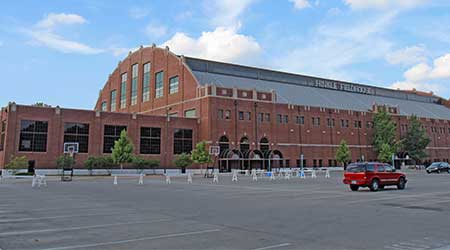


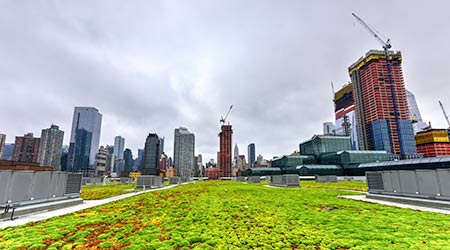



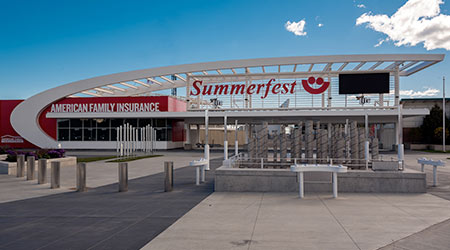
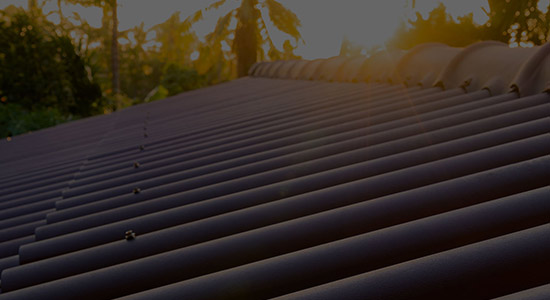



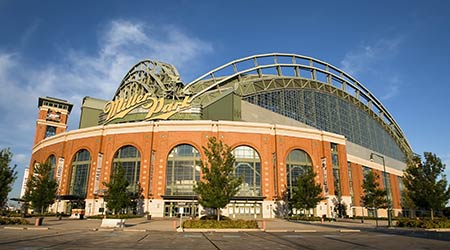
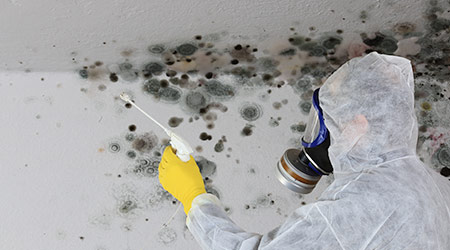



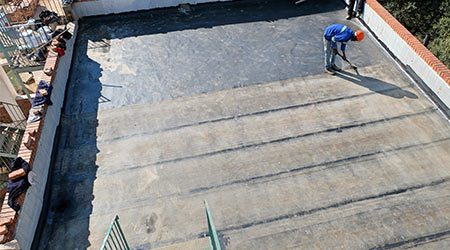

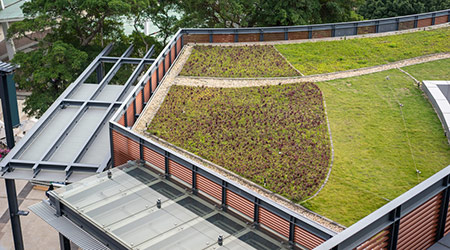
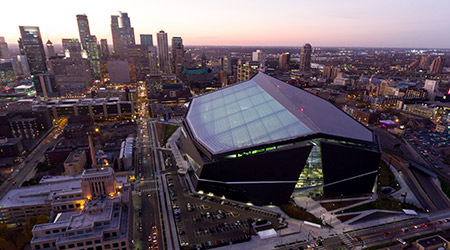
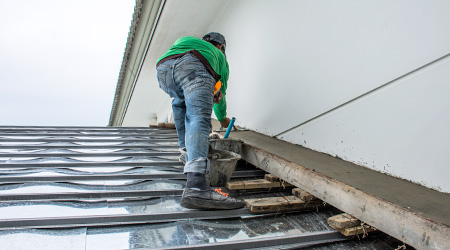
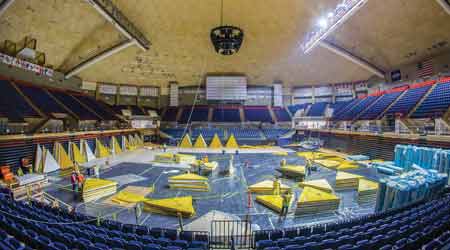
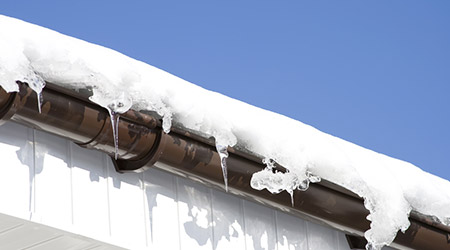
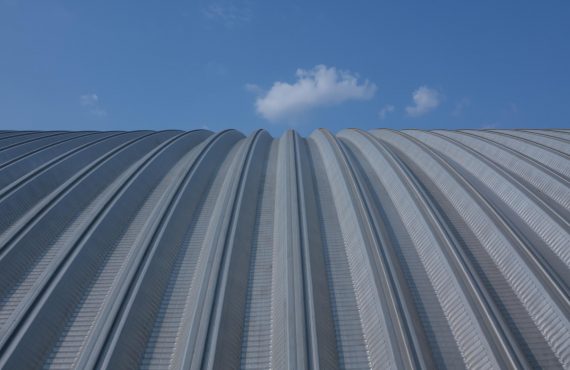
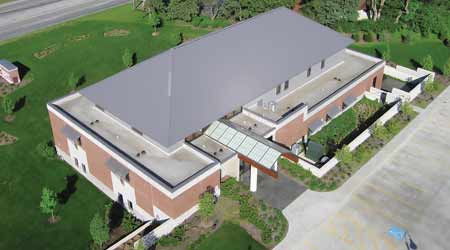

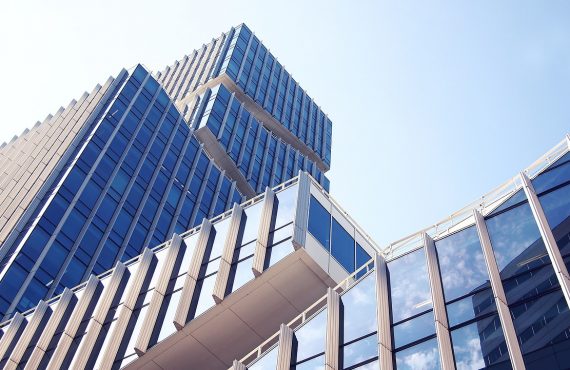
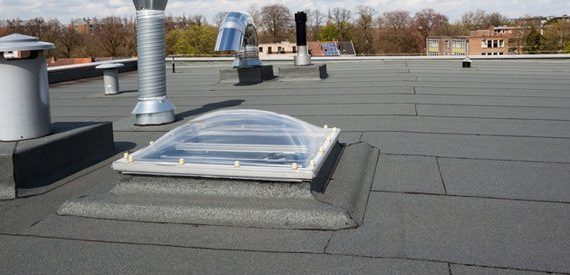
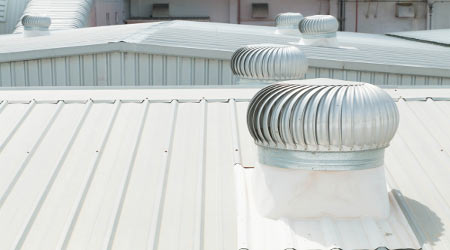

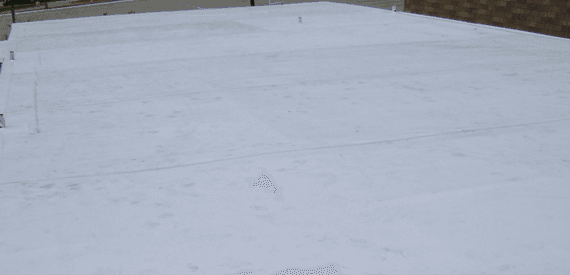


No comments yet.